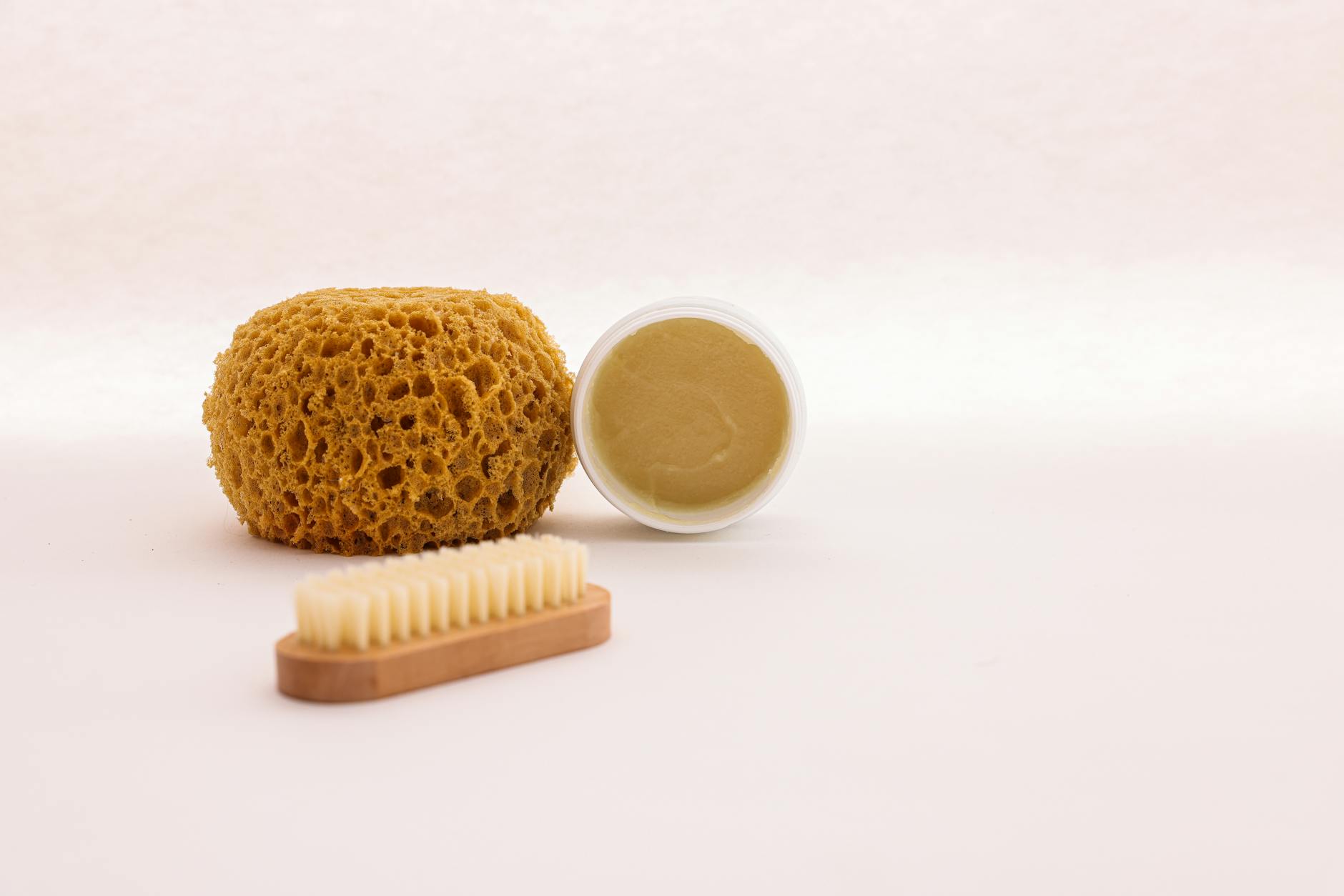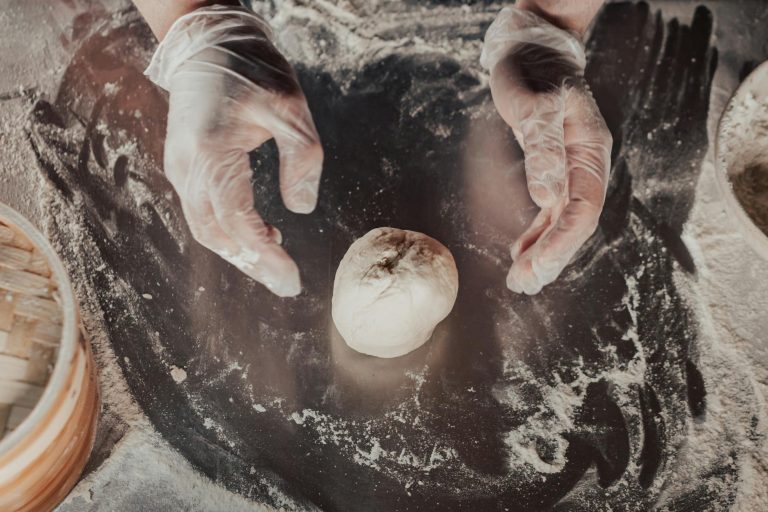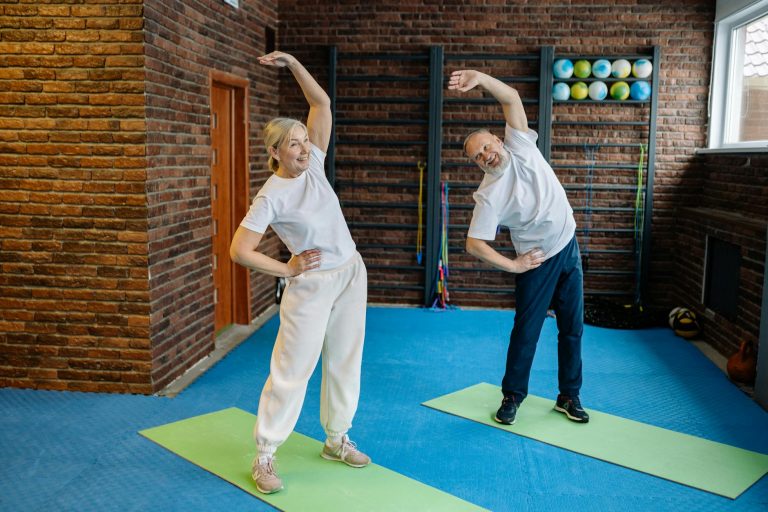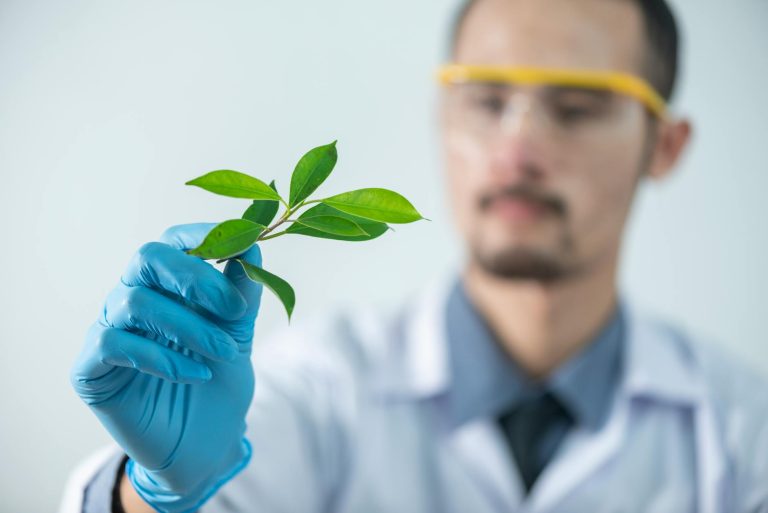Eco-Friendly Swaps: 10 Household Products to Detoxify Your Home
🌿 Are you tired of living in a home filled with toxic chemicals and unsustainable products? Imagine transforming your living space into an eco-friendly haven that’s not only better for the environment but also for your health. It’s time to detoxify your home and make a positive impact on the planet!
The average household contains countless products laden with harmful chemicals and non-biodegradable materials. From cleaning supplies to kitchen utensils, these everyday items could be silently affecting your well-being and contributing to environmental degradation. But here’s the good news: making the switch to eco-friendly alternatives is easier than you think!
In this blog post, we’ll explore 10 simple yet effective eco-friendly swaps that will revolutionize your home. We’ll dive into natural cleaning solutions, sustainable kitchen and bathroom products, non-toxic laundry options, and even green air purification methods. By the end, you’ll be equipped with the knowledge to create a healthier, more sustainable living environment for you and your loved ones. Let’s embark on this green journey together and discover how small changes can make a big difference! 🌎
Understanding Eco-Friendly Home Products
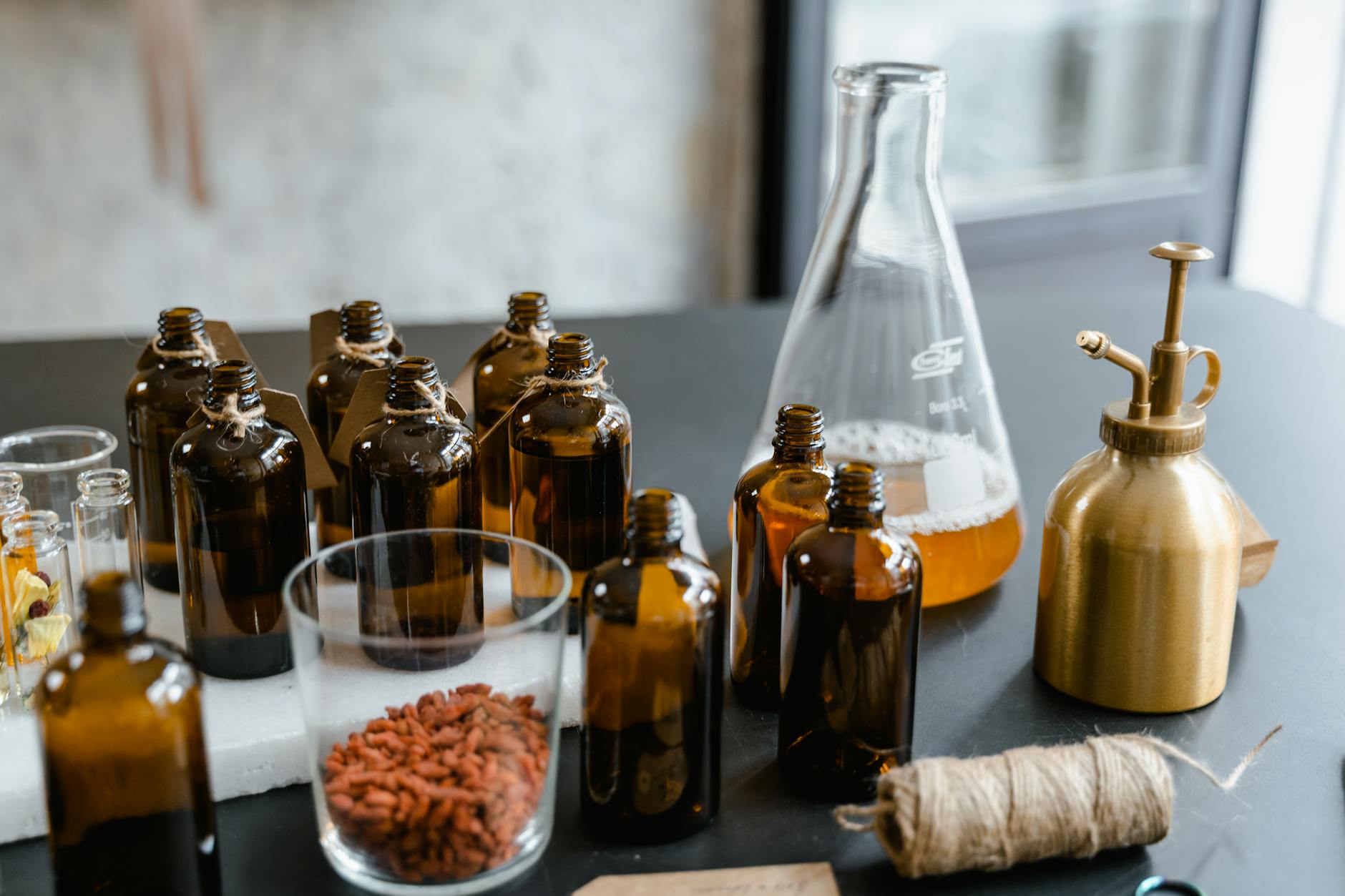
Benefits of detoxifying your home
Detoxifying your home offers numerous advantages for both your health and the environment. Here are some key benefits:
- Improved indoor air quality
- Reduced exposure to harmful chemicals
- Lower risk of allergies and respiratory issues
- Enhanced overall well-being
- Decreased environmental impact
By making eco-friendly swaps, you create a healthier living space for you and your family while contributing to a cleaner planet.
Environmental impact of conventional household products
Conventional household products often contain harmful chemicals that can have severe consequences for the environment:
| Product Type | Environmental Impact |
|---|---|
| Cleaning supplies | Water pollution, toxic residues |
| Plastic containers | Microplastic pollution, landfill waste |
| Synthetic fabrics | Microfiber shedding, non-biodegradable waste |
| Chemical pesticides | Soil contamination, harm to beneficial insects |
These impacts underscore the importance of switching to eco-friendly alternatives to reduce our ecological footprint.
Health advantages of eco-friendly alternatives
Eco-friendly products offer significant health benefits compared to their conventional counterparts:
- Reduced exposure to toxic chemicals
- Decreased risk of skin irritations and allergic reactions
- Lower likelihood of respiratory issues
- Minimized hormone disruption
- Improved overall well-being
By choosing natural, non-toxic alternatives, you create a safer home environment that supports your family’s health. With these benefits in mind, let’s explore some natural cleaning solutions that can help you start your eco-friendly home transformation.
Natural Cleaning Solutions

DIY all-purpose cleaner
Creating your own all-purpose cleaner is not only eco-friendly but also cost-effective. Here’s a simple recipe:
- 1 cup white vinegar
- 1 cup water
- 10-15 drops of essential oil (lemon, tea tree, or lavender)
Mix these ingredients in a spray bottle, and you have a powerful, natural cleaner ready to use!
Baking soda and vinegar tricks
Baking soda and vinegar are versatile cleaning agents that can tackle various household chores:
| Surface | Method |
|---|---|
| Sink | Sprinkle baking soda, spray vinegar, let fizz, scrub |
| Oven | Make a paste with baking soda and water, leave overnight, wipe clean |
| Drains | Pour baking soda, follow with vinegar, flush with hot water |
Essential oil-based cleaners
Essential oils not only add a pleasant scent but also possess natural antibacterial properties:
- Tea tree oil: Great for disinfecting surfaces
- Lemon oil: Excellent degreaser and stain remover
- Eucalyptus oil: Effective against mold and mildew
Microfiber cloths for dusting and cleaning
Microfiber cloths are reusable alternatives to disposable wipes:
- Trap dust and dirt effectively
- Can be used wet or dry
- Washable and long-lasting
- Reduce paper towel waste
Now that we’ve explored natural cleaning solutions, let’s move on to sustainable kitchen swaps that can further detoxify your home.
Sustainable Kitchen Swaps
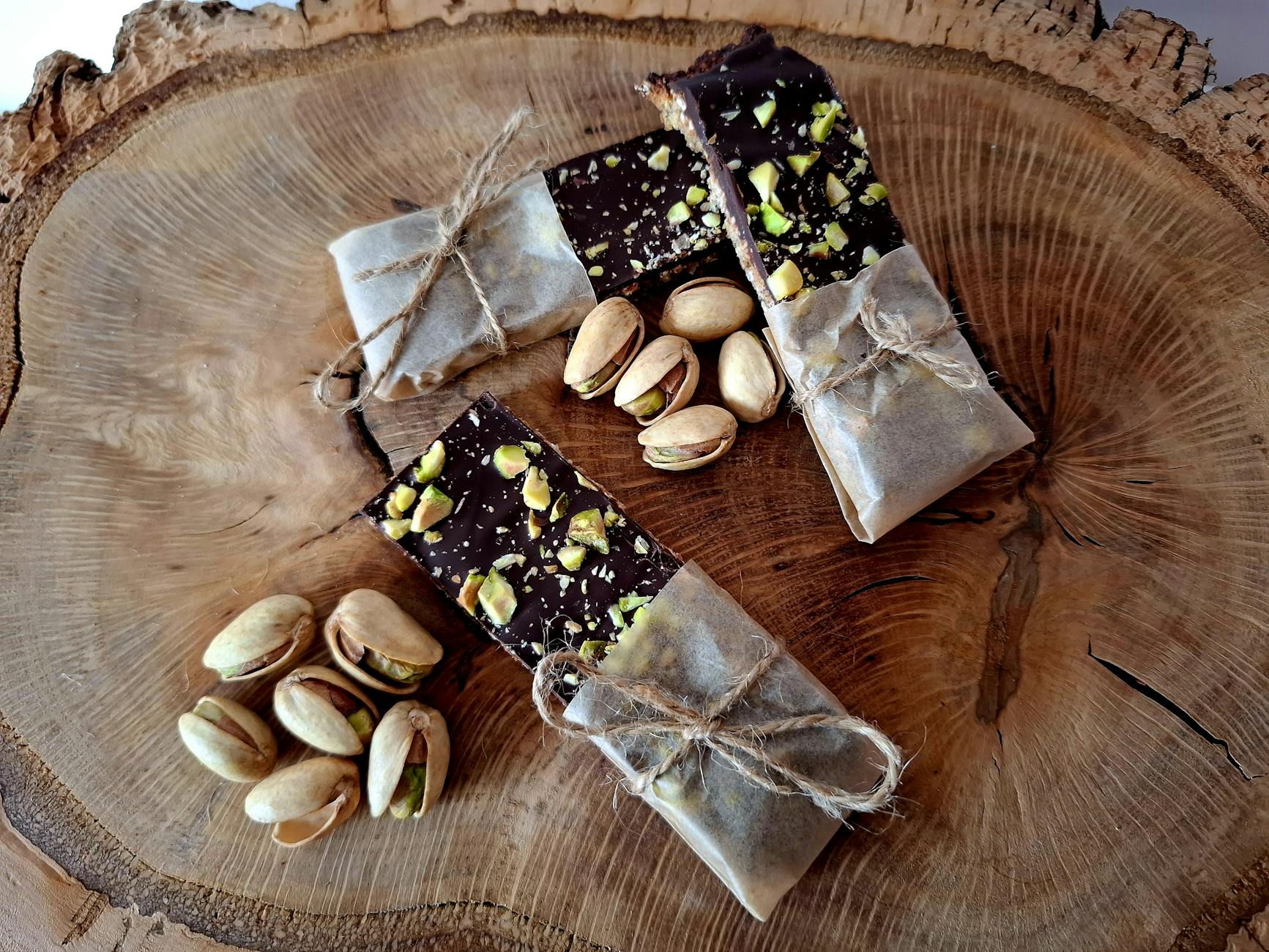
Reusable food storage containers
Ditch single-use plastic containers and embrace reusable alternatives for a more sustainable kitchen. Glass containers are an excellent choice, offering durability and versatility. They’re microwave-safe, dishwasher-friendly, and won’t absorb odors or stains. Stainless steel containers are another eco-friendly option, perfect for on-the-go meals and snacks.
| Container Type | Pros | Cons |
|---|---|---|
| Glass | Microwave-safe, Odor-resistant | Heavier, Breakable |
| Stainless Steel | Lightweight, Durable | Not microwave-safe |
| Silicone | Flexible, Collapsible | May retain odors |
Beeswax wraps instead of plastic wrap
Say goodbye to disposable plastic wrap and hello to beeswax wraps. These reusable, biodegradable alternatives are made from cotton infused with beeswax, jojoba oil, and tree resin. They’re perfect for covering bowls, wrapping sandwiches, and preserving fruits and vegetables.
Bamboo utensils and cutting boards
Bamboo is a sustainable material that’s both durable and naturally antimicrobial. Replace plastic utensils with bamboo alternatives, and swap out your old cutting board for a bamboo one. These eco-friendly options are:
- Biodegradable
- Resistant to water damage
- Gentle on knife blades
- Lightweight and easy to clean
Compostable dish scrubbers
Traditional dish sponges are often made from synthetic materials that don’t break down. Opt for compostable dish scrubbers made from natural materials like:
- Coconut fiber
- Loofah
- Cellulose
These alternatives effectively clean your dishes while being kind to the environment. When they’ve reached the end of their life, simply toss them in your compost bin.
Eco-Friendly Bathroom Products
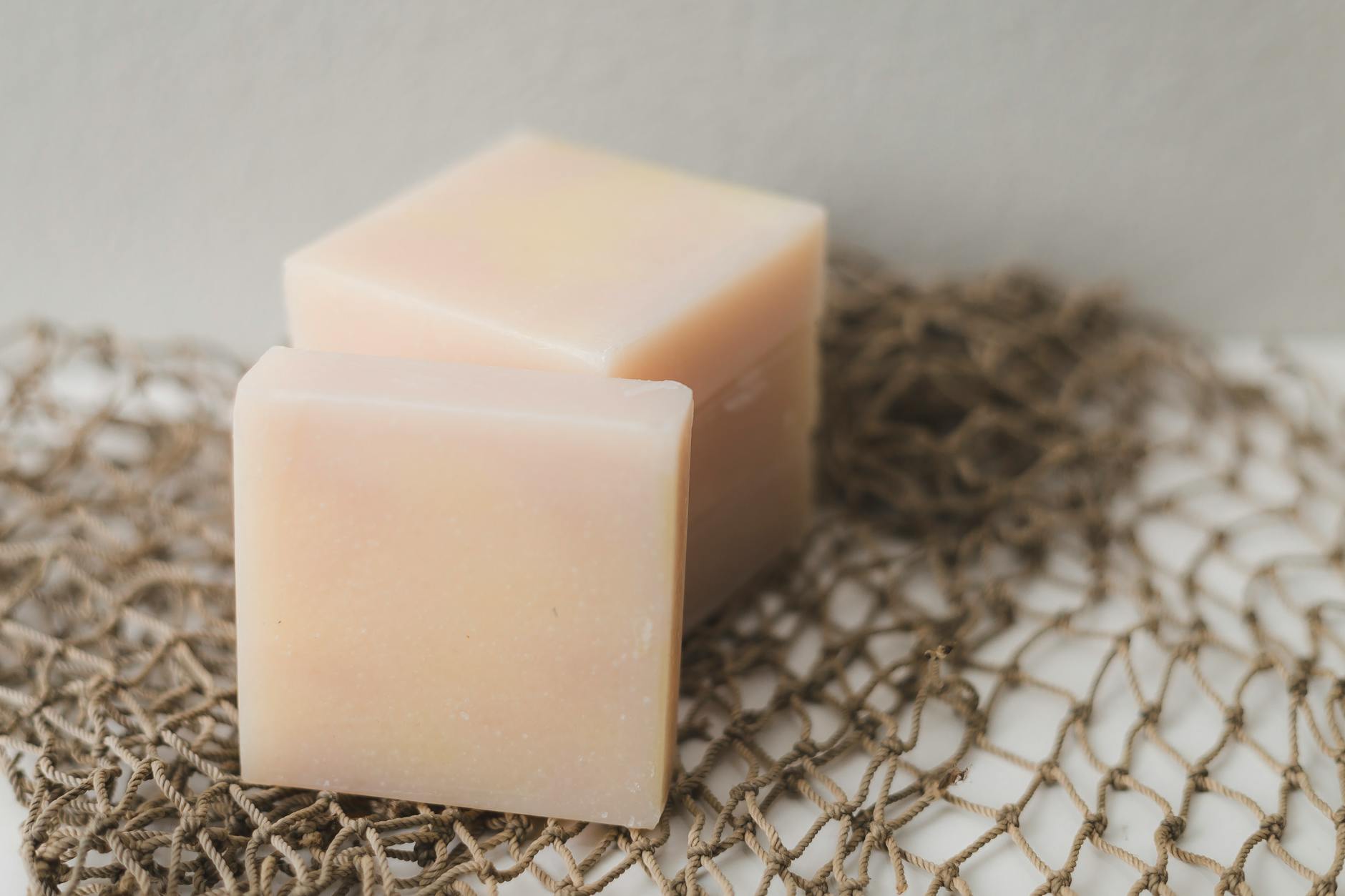
Bamboo toothbrushes
Bamboo toothbrushes are an excellent eco-friendly alternative to traditional plastic toothbrushes. These sustainable oral care tools offer several benefits:
- Biodegradable handles
- Naturally antimicrobial properties
- Durable and long-lasting
| Feature | Bamboo Toothbrush | Plastic Toothbrush |
|---|---|---|
| Material | Natural bamboo | Petroleum-based plastic |
| Biodegradability | 4-6 months | 400+ years |
| Environmental impact | Low | High |
Plastic-free toothpaste alternatives
Switching to plastic-free toothpaste options can significantly reduce your bathroom waste. Consider these alternatives:
- Toothpaste tablets
- Glass jar toothpaste
- Tooth powder
Biodegradable cotton swabs
Traditional plastic cotton swabs contribute to ocean pollution. Opt for biodegradable alternatives made from:
- Bamboo
- Paper
- Organic cotton
Reusable makeup remover pads
Replace disposable cotton pads with reusable options:
- Washable cotton rounds
- Microfiber makeup remover cloths
- Bamboo facial pads
These eco-friendly alternatives can be washed and reused hundreds of times, reducing waste and saving money in the long run.
Natural shower and bath products
Transform your shower routine with these natural, eco-friendly products:
- Solid shampoo and conditioner bars
- Natural loofah sponges
- Biodegradable body wash
By incorporating these eco-friendly bathroom products, you’ll significantly reduce your environmental impact while maintaining a clean and healthy personal care routine. Next, we’ll explore non-toxic laundry solutions to further detoxify your home.
Non-Toxic Laundry Solutions
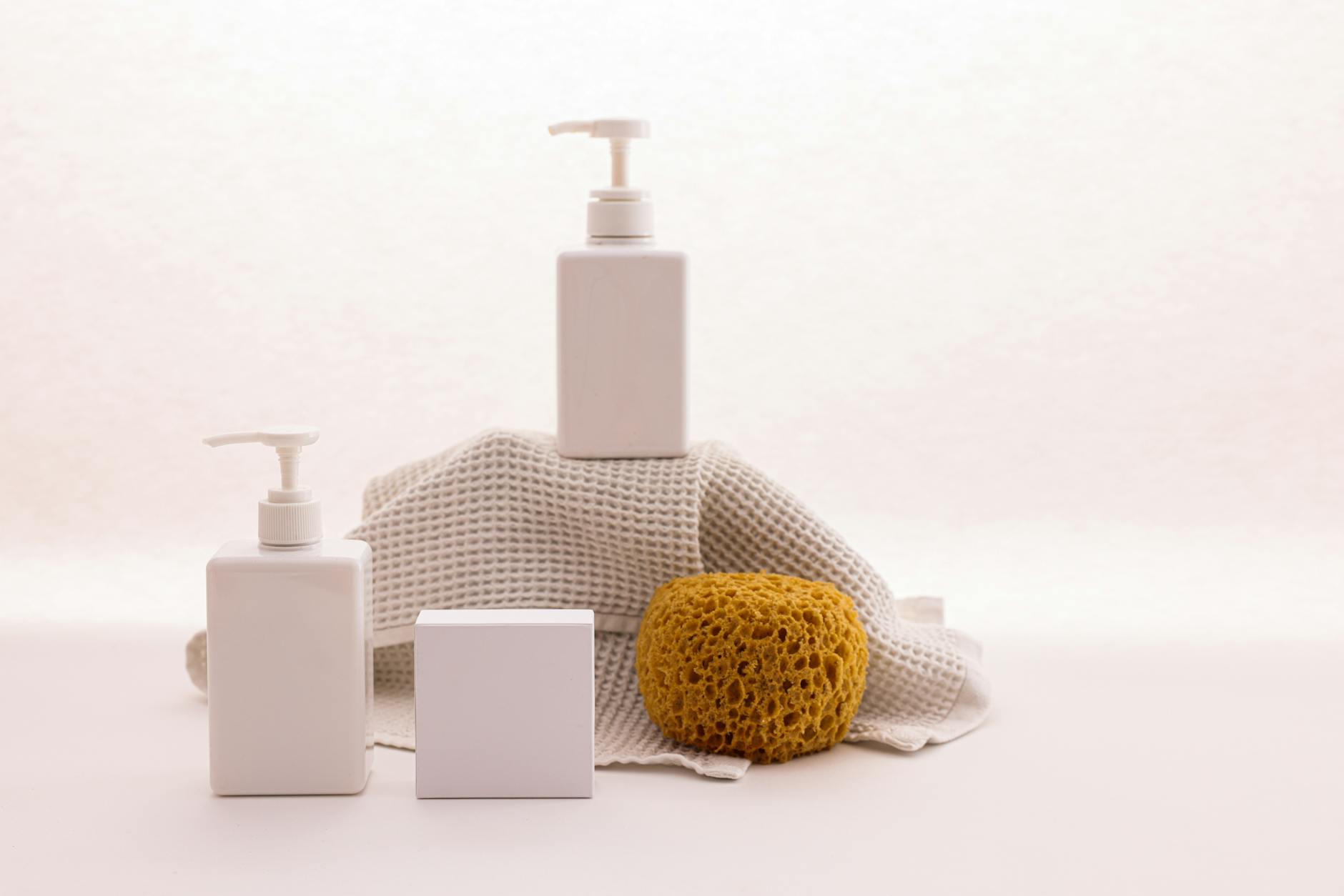
Eco-friendly detergents
When it comes to non-toxic laundry solutions, eco-friendly detergents are a great place to start. These products are designed to clean your clothes effectively while minimizing environmental impact and reducing exposure to harsh chemicals. Look for plant-based ingredients, biodegradable formulas, and packaging made from recycled materials.
| Feature | Conventional Detergents | Eco-Friendly Detergents |
|---|---|---|
| Ingredients | Synthetic chemicals | Plant-based, natural |
| Environmental Impact | High | Low |
| Packaging | Often plastic | Recyclable or compostable |
| Skin Sensitivity | May cause irritation | Generally gentler |
Wool dryer balls
Wool dryer balls are an excellent alternative to traditional dryer sheets. These reusable balls help reduce drying time, soften clothes naturally, and eliminate static cling without the use of chemicals.
Benefits of wool dryer balls:
- Reduce drying time by up to 25%
- Last for hundreds of loads
- 100% natural and biodegradable
- Free from synthetic fragrances and chemicals
Natural fabric softener alternatives
Ditch chemical-laden fabric softeners for these natural alternatives:
- White vinegar: Add 1/2 cup to the rinse cycle
- Baking soda: Use 1/4 cup in the wash cycle
- Essential oils: Add a few drops to wool dryer balls
- Epsom salt: Mix with essential oils for a DIY softener
These non-toxic laundry solutions not only benefit your health but also contribute to a cleaner environment. By making these simple swaps, you can significantly reduce your household’s chemical footprint while still enjoying fresh, clean laundry.
Green Air Purification Methods
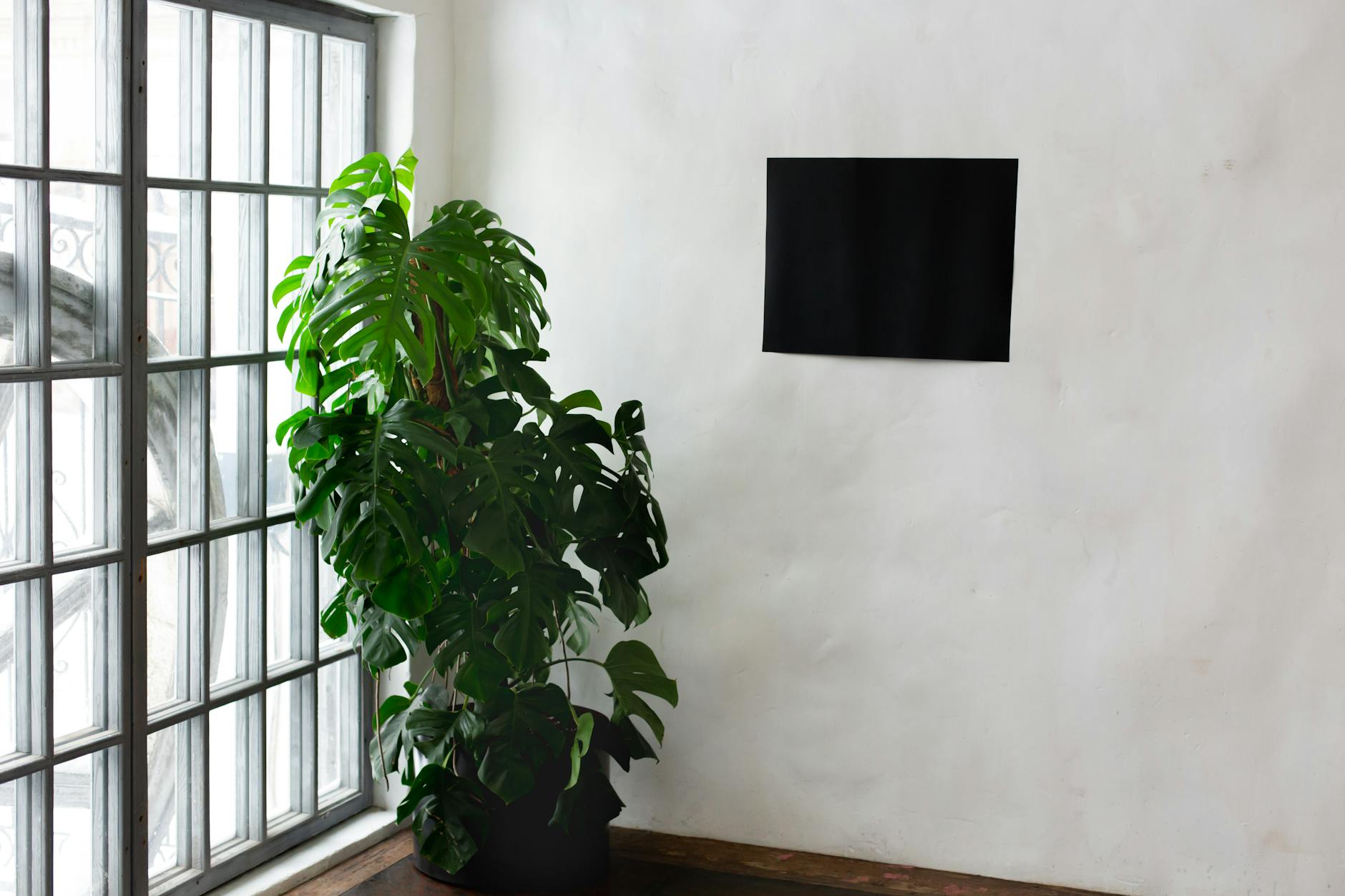
Indoor plants for air cleaning
Indoor plants are not just decorative; they’re natural air purifiers that can significantly improve your home’s air quality. Here are some of the most effective air-cleaning plants:
- Snake Plant (Sansevieria)
- Spider Plant (Chlorophytum comosum)
- Peace Lily (Spathiphyllum)
- Aloe Vera
- English Ivy (Hedera helix)
These plants are known for their ability to remove common indoor air pollutants like formaldehyde, benzene, and trichloroethylene.
| Plant Name | Pollutants Removed | Care Level |
|---|---|---|
| Snake Plant | Formaldehyde, Benzene | Low |
| Spider Plant | Xylene, Carbon Monoxide | Easy |
| Peace Lily | Ammonia, Trichloroethylene | Moderate |
| Aloe Vera | Formaldehyde | Low |
| English Ivy | Benzene, Trichloroethylene | Moderate |
Natural air fresheners
Instead of chemical-laden air fresheners, opt for natural alternatives that are both effective and eco-friendly:
- Essential oil diffusers
- Simmering potpourri
- Dried herb sachets
- Baking soda and essential oil mixtures
These options not only freshen the air but also offer therapeutic benefits without introducing harmful chemicals into your home environment.
Beeswax candles
Beeswax candles are an excellent eco-friendly alternative to traditional paraffin candles. They offer several benefits:
- Natural air purification
- Long-lasting burn time
- Pleasant, subtle honey scent
- No toxic emissions
When burning, beeswax candles release negative ions that help neutralize pollutants in the air, making them a dual-purpose air freshener and purifier.
Now that we’ve explored green air purification methods, let’s move on to sustainable pest control solutions that complement these eco-friendly practices.
Sustainable Pest Control
Natural insect repellents
When it comes to sustainable pest control, natural insect repellents are a safe and eco-friendly alternative to chemical-based products. These repellents harness the power of essential oils and plant-based ingredients to keep pests at bay without harming the environment or your health.
Here’s a list of effective natural insect repellents:
- Citronella oil
- Peppermint oil
- Lemongrass oil
- Eucalyptus oil
- Neem oil
| Repellent | Insects Targeted | Application Method |
|---|---|---|
| Citronella | Mosquitoes, flies | Candles, sprays |
| Peppermint | Ants, spiders | Diffuser, spray |
| Lemongrass | Mosquitoes, ticks | Lotions, sprays |
| Eucalyptus | Mosquitoes, ticks | Sprays, lotions |
| Neem | Various insects | Spray, soil treatment |
Herbal pest deterrents
Herbs not only add flavor to your meals but can also serve as excellent pest deterrents. Many common kitchen herbs possess natural insect-repelling properties, making them a dual-purpose addition to your home and garden.
Consider planting these herbs around your property:
- Basil
- Rosemary
- Lavender
- Mint
- Marigolds (not a herb, but effective)
Non-toxic traps and baits
For more persistent pest problems, non-toxic traps and baits offer a humane and eco-friendly solution. These methods capture or eliminate pests without introducing harmful chemicals into your home environment.
Some effective non-toxic options include:
- Diatomaceous earth for crawling insects
- Sticky traps for flying insects
- Ultrasonic repellent devices
- Vinegar and dish soap fruit fly traps
- Peppermint oil-soaked cotton balls for rodents
By implementing these sustainable pest control methods, you can effectively manage common household pests while maintaining a toxin-free living space. Next, we’ll explore eco-conscious bedding and textiles to further enhance your home’s sustainability.
Eco-Conscious Bedding and Textiles
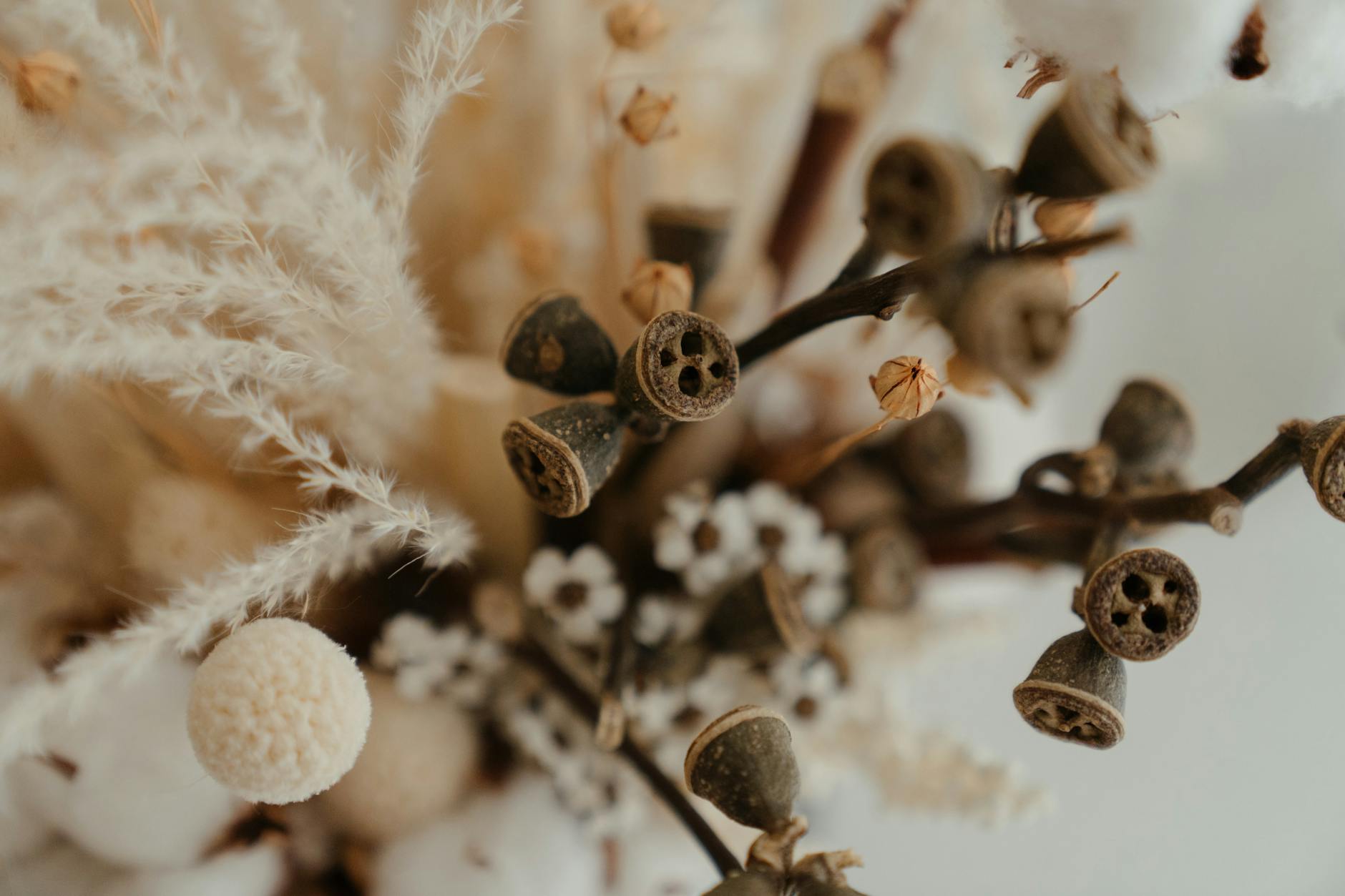
Organic cotton sheets and towels
Organic cotton sheets and towels are a cornerstone of eco-conscious bedding and textiles. These products are made without harmful pesticides or synthetic fertilizers, reducing their environmental impact and potential health risks. Here’s a comparison of organic vs. conventional cotton:
| Feature | Organic Cotton | Conventional Cotton |
|---|---|---|
| Pesticides | None | Heavy use |
| Water usage | 71% less | High water consumption |
| Soil health | Improved | Degraded over time |
| Biodiversity | Supports local ecosystems | Reduces biodiversity |
Natural fiber pillows and mattresses
Switching to natural fiber pillows and mattresses can significantly reduce your exposure to harmful chemicals. Options include:
- Organic latex
- Wool
- Kapok
- Buckwheat hulls
These materials are biodegradable, renewable, and often hypoallergenic. They also regulate temperature better than synthetic alternatives, ensuring a comfortable night’s sleep.
Low-impact dyes and finishes
To complete your eco-conscious bedroom, opt for textiles with low-impact dyes and finishes. These products use:
- Natural dyes from plants and minerals
- Water-based finishes instead of chemical treatments
- Non-toxic flame retardants
Low-impact dyes and finishes not only reduce environmental pollution but also minimize skin irritation and allergic reactions. When shopping, look for certifications like GOTS (Global Organic Textile Standard) or Oeko-Tex Standard 100 to ensure you’re getting truly eco-friendly products.
Energy-Efficient Lighting
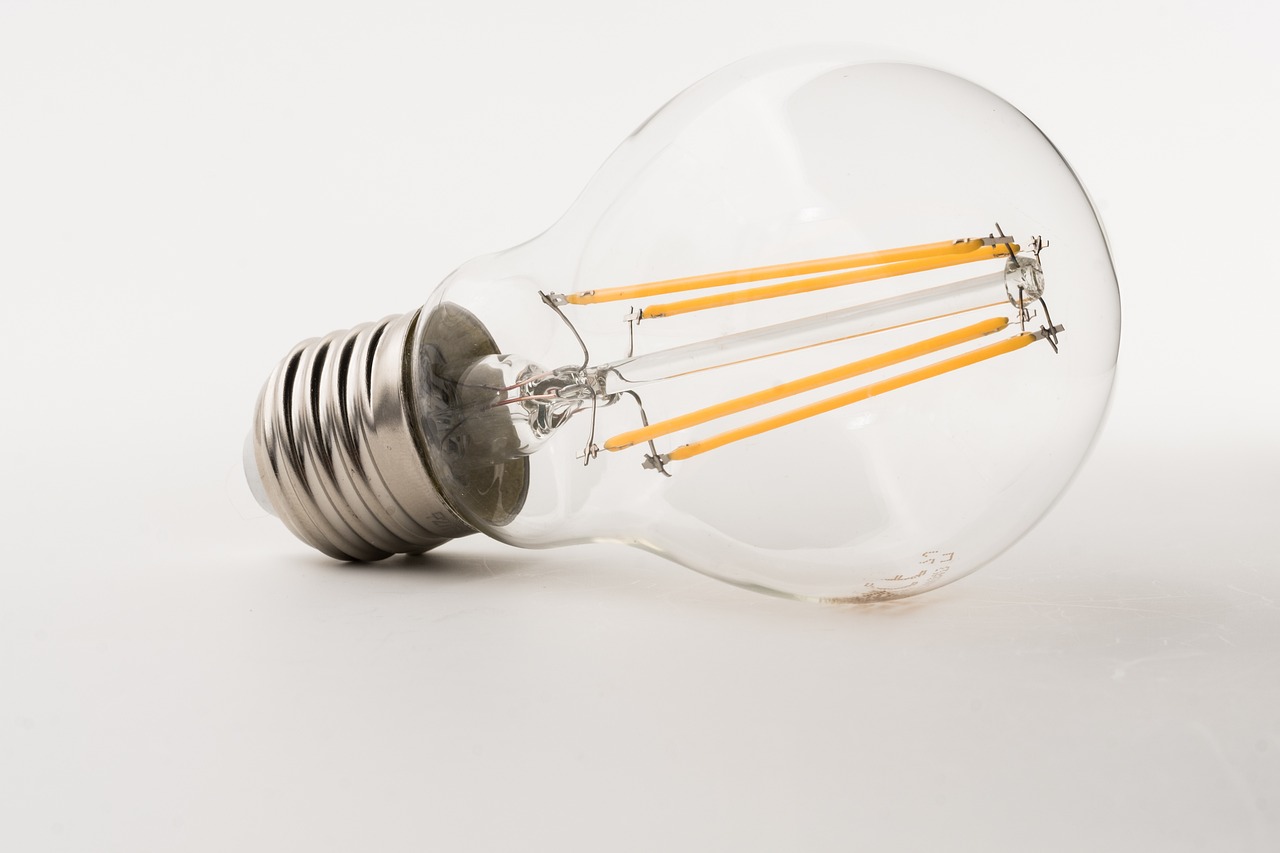
LED bulb benefits
LED bulbs have revolutionized home lighting, offering numerous advantages over traditional incandescent and fluorescent options. These energy-efficient marvels consume up to 90% less electricity, significantly reducing your carbon footprint and energy bills. With an impressive lifespan of up to 25,000 hours, LED bulbs outlast their counterparts by years, minimizing waste and replacement costs.
| Feature | LED Bulbs | Incandescent Bulbs | Fluorescent Bulbs |
|---|---|---|---|
| Lifespan | 25,000 hours | 1,000 hours | 8,000 hours |
| Energy Efficiency | 90% | 10% | 65% |
| Heat Emission | Low | High | Medium |
| Mercury Content | None | None | Contains mercury |
Smart lighting systems
Smart lighting systems take energy efficiency to the next level by offering:
- Remote control via smartphone apps
- Automatic scheduling for optimal energy use
- Dimming capabilities to reduce power consumption
- Integration with voice assistants for hands-free control
- Occupancy sensors to turn lights off when rooms are empty
These features not only save energy but also enhance convenience and home security.
Natural light maximization
Harnessing natural light is a cost-free way to illuminate your home while reducing reliance on artificial lighting. Consider these strategies:
- Install skylights or solar tubes to bring sunlight into dark areas
- Use light-colored, reflective paint on walls and ceilings
- Position mirrors strategically to bounce light around rooms
- Opt for sheer curtains or adjustable blinds to control light intake
- Keep windows clean to maximize light transmission
By combining LED technology, smart systems, and natural light optimization, you can create an energy-efficient lighting solution that’s both eco-friendly and cost-effective. These changes not only reduce your environmental impact but also create a more comfortable and inviting living space.
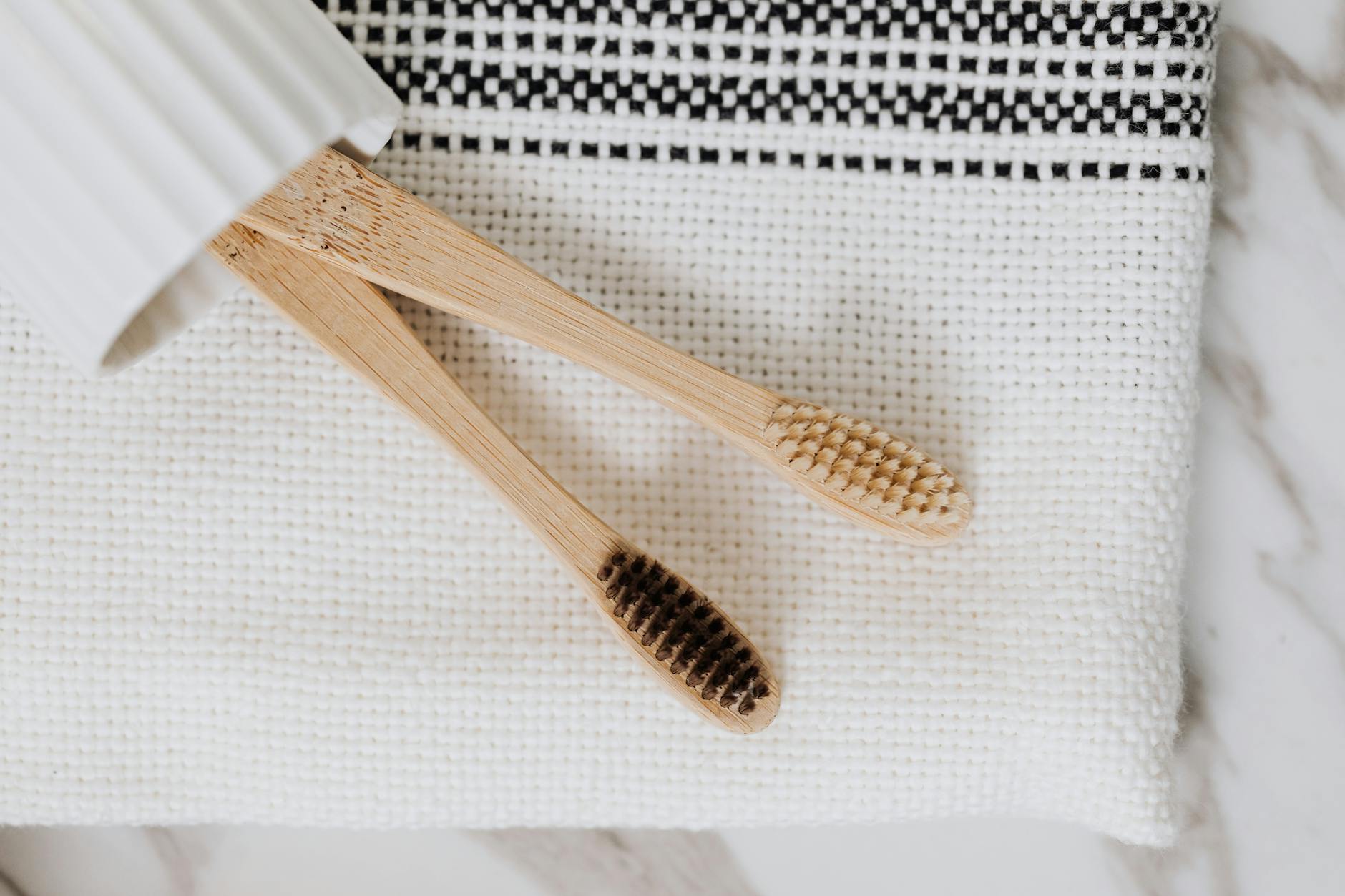
Creating an eco-friendly home environment doesn’t have to be overwhelming. By making simple swaps in your everyday household products, you can significantly reduce your exposure to harmful toxins and minimize your environmental impact. From natural cleaning solutions to sustainable kitchen and bathroom products, there are numerous ways to detoxify your living space while promoting a healthier planet.
Remember, transitioning to a more eco-conscious lifestyle is a journey, not a destination. Start small by implementing one or two changes at a time, and gradually build upon your efforts. By making these mindful choices, you’re not only creating a safer, healthier home for yourself and your loved ones but also contributing to a more sustainable future for generations to come. Embrace the power of eco-friendly living and watch as your home transforms into a sanctuary of wellness and environmental responsibility.

